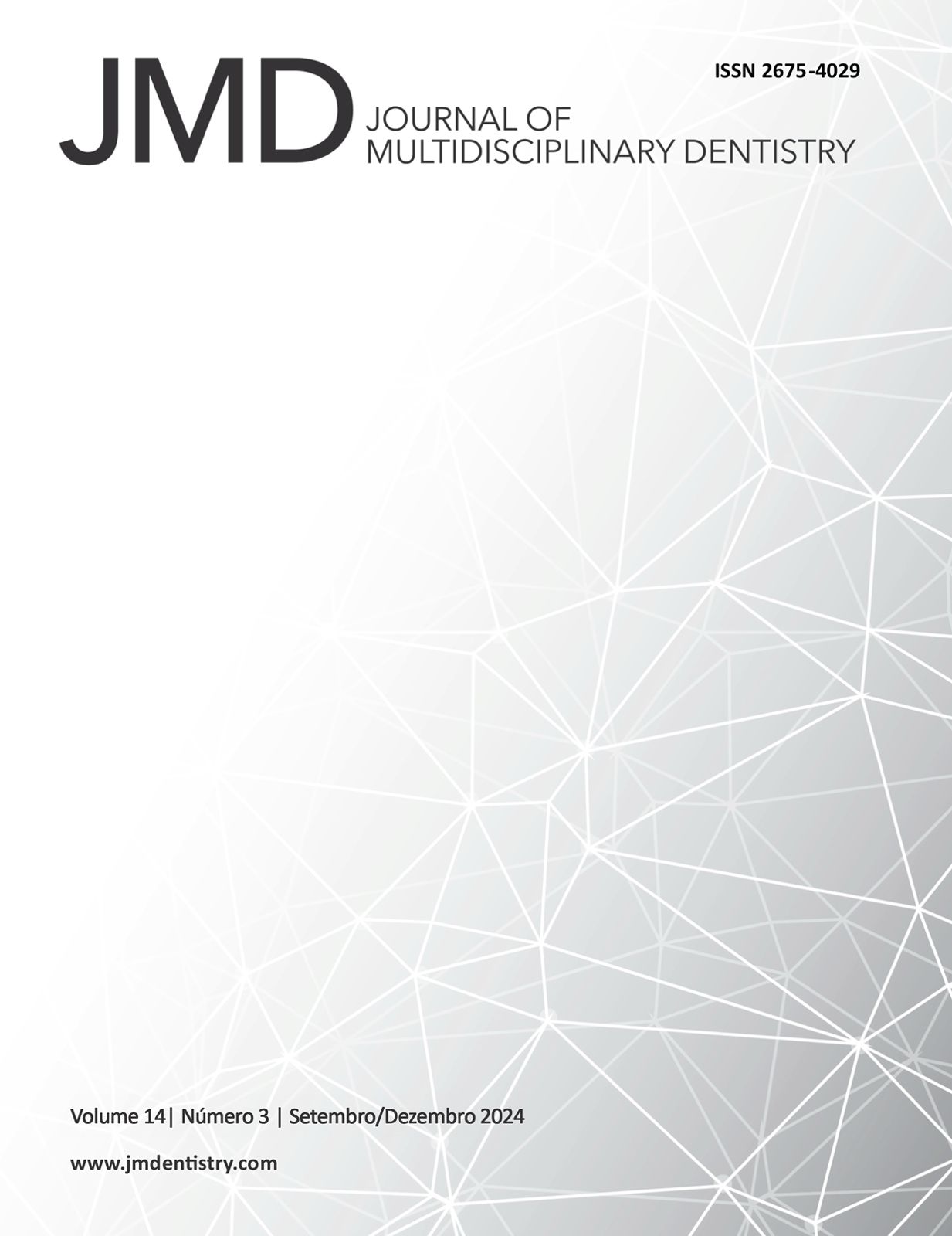Predictability in correcting dental alignments with shape memory aligners without the use of attachments
DOI:
https://doi.org/10.46875/jmd.v14i3.1270Keywords:
Orthodontic appliances, removable, Orthodontics, corrective, DentistryAbstract
This clinical case study details the application of shape memory orthodontic aligners in the treatment of a patient with lower anterior crowding and crossed element 22, without the use of attachments. The treatment was carried out at the Neo Odontologia Orthodontic specialization clinic in Maceió, using direct-printed aligners, chosen by the patient due to the smaller number of stages required compared to thermoplastic aligners and the absence of attachments, providing a more comfortable and aesthetically favorable option. The application of the aligners demonstrated effective correction of crowding and cross-positioning of the upper lateral incisor, achieved in just five stages. Zero gap collaboration and shape memory ensured that tooth movements went according to plan. The images obtained at the end of treatment show a significant improvement in tooth alignment, resulting in aesthetic and functional benefits for the patient. The patient's feedback was extremely positive, highlighting the comfort and practicality of the aligners. This case reinforces the effectiveness of shape memory aligners as a viable alternative to thermoplastics, with good predictability and fewer stages and without the use of attachments.


